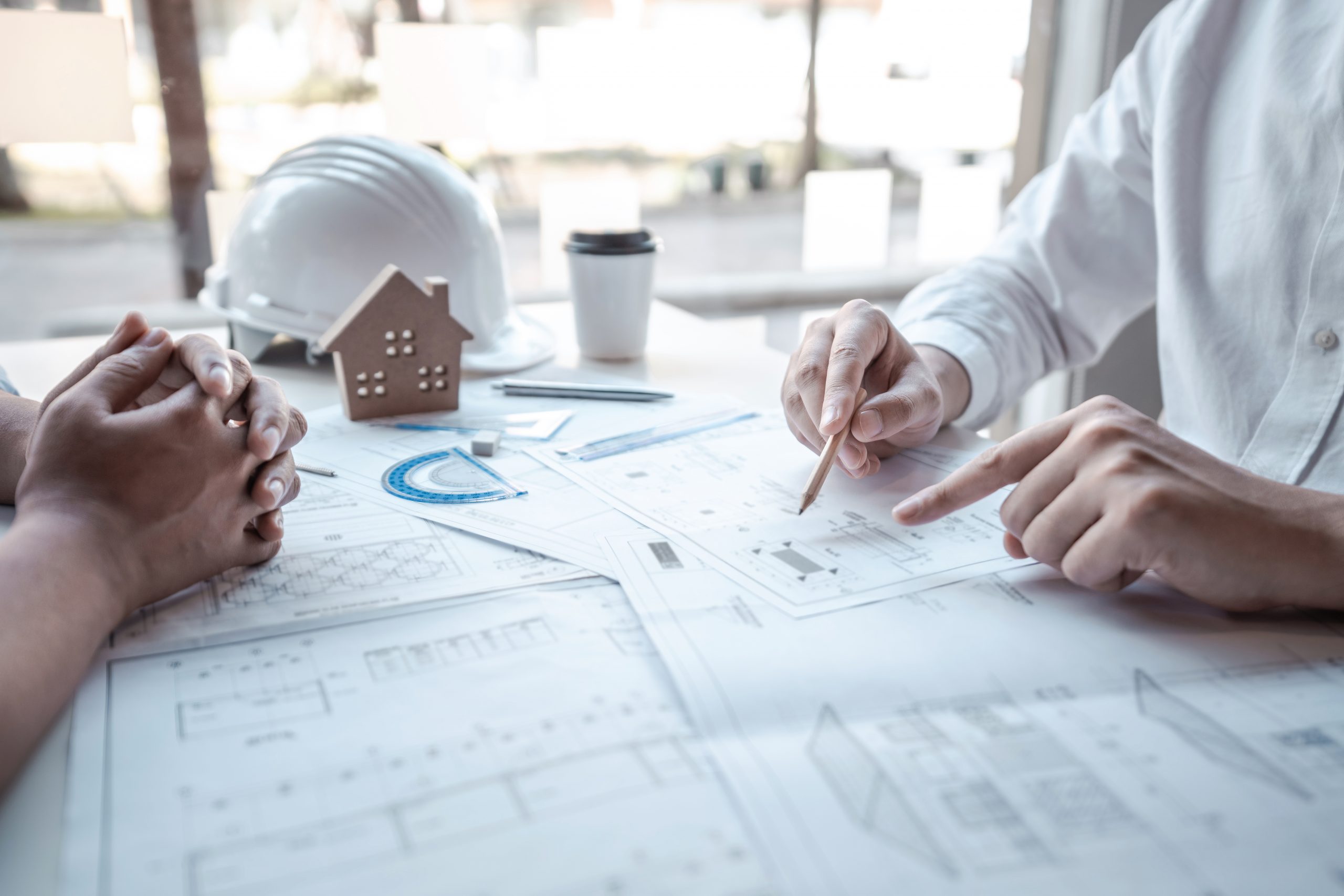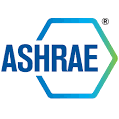
Our Services
APSM Site Development and Support
NEAS is a proud partner of APSM which is a leading cloud-based software for adding structure, organization and accountability to your compliance program that is available from anywhere you might be.IRC Inventory and Relief Calculations
As part of the Process Safety Information (PSI) requirements, NEAS is certified in performing the most detailed inventory and relief calculations required by IIAR. Industrial Refrigeration Consortium (IRC) is the most descriptive and accurate way of performing these calculations.Engineering Design and Analysis with Pe Certification
Let our Professional Engineer review your drawings and calculations for peace of mind. Our industry experience helps provide you the comfort of knowing your projects are engineered and designed to the highest standard.Isometric Drawing Packages
NEAS can provide detailed isometric drawings or current plant configuration or design isometric drawing packages for any project needs.Design Drawing Packages
NEAS utilizes some of the industries most advance software for 3-d modeling and drafting. No project is to big or small for NEAS engineering team.Custom MFG. (Welding, CNC Milling, and Lathe, etc.)
With NEAS’ full machine shop, we have all the capabilities of manufacturing parts on a tight deadline to help keep you up and running.Custom Control Panel Design, MFG, and Installation
Does your facility need a small pump controller or are you looking at an entire plant control system? New England Ammonia Safety can support any size control project. We offer our own custom design, built, and installed panels. Tired of proprietary software? NEAS provides all source does with our control panel builds.Valve Tag and Pipe Label and Installation
With our Pipe Marker machines and Laser Engraver for valve tags we can effectively and efficiently bring your refrigeration system up to compliance to meet the most recent ANSI/IIAR Standard 2-2014 Addendum A (2019) American National Standard for Safe Design of Closed-Circuit Ammonia Refrigeration Systems.Tailored Ammonia Awareness Training
Our Compliance Specialists will build custom tailored Ammonia Awareness Training for your facility and come to your site to train each and every employee.Standard Operating Procedures (Sops) Authoring, Review & Certification
NEAS is fully staffed with experienced operators to author all of your SOPs for your facility, meeting the most recent ANSI/IIAR Standard 7-2019 American National Standard for Developing Operating Procedures for Closed-Circuit Ammonia Refrigeration Systems. Our online software will remind effected employees of SOP training and keep documentation after completion, all in one place.Mechanical Integrity (MI)
It is a priority of the PSM standard to maintain the mechanical integrity (MI) of critical process equipment to ensure it is designed and installed correctly and operates properly. Our qualified inspectors have the industry experience you’re looking for to provide the technical and thorough results needed to help maintain a safe and compliant refrigeration system. NEAS inspectors are experts on the most current industry standards as well field experience.The International Institute of Ammonia Refrigeration (IIAR) requires Mechanical Integrity Inspections to be conducted by a qualified inspector(s) every fifth (5th) year at a minimum.Such MI requirements apply to the following equipment: • Pressure vessels and storage tanks • Piping systems (including piping components such as valves) • Relief and vent systems and devices • Emergency shutdown systems • Controls (including monitoring devices and sensors, alarms and interlocks) • Refrigeration Equipment • General SafetyVisual Testing (VT)
The oldest and most basic form of non-destructive testing, traditional visual testing involves our technicians inspecting equipment with their eyes to determine any visual defects. We offer visual inspectors that are certified to a variety of industry codes and regulations. Often the first technique that we utilizes at the outset of a project, we provide a variety of visual inspection (VT) services to multiple industries. The method is useful for determining a project’s scope, establishing the extent of existing damage, and informing the technician of where more advanced, in-depth inspections are needed.Ultrasonic Testing (UT)
Conventional Ultrasonic Testing (UT) inspection is a commonly-used non-destructive testing (NDT) technique that measures the propagation of mechanical vibrations (ultrasonic waves) through a material to examine properties, measure thickness, determine elasticity, and detect a range of discontinuities, including corrosion/erosion, flaws, cracks, and more. An (NDT) staple, our technicians utilize conventional ultrasonic testing (UT) to detect surface and sub-surface defects and supply accurate readings regarding discontinuity size and shape. Ultrasonic surveys are used as the main inspection technique for a plant’s erosion/corrosion programs, and are utilized extensively at all of our customers’ locations.Penetrant Testing (PT)
A traditional, relatively simply method of field or lab non-destructive testing, Penetrant Testing (PT) is used for finding surface-breaking discontinuities on relatively smooth, nonporous surfaces. It is based on the properties of capillary action, or the phenomenon of a liquid rising or climbing when confined to a small opening. After the excess penetrant is removed and a developer is applied, a trained inspector can identify any remaining penetrant that may indicate a flaw. Also referred to as Liquid Penetrant Inspection (LPT), Penetrant Testing (PT) is used on non-ferrous materials such as metals, composites, and ceramics, identifying surface anomalies such as cracks, seams, laminations, blow holes, laps, external bursts and welding defects.




